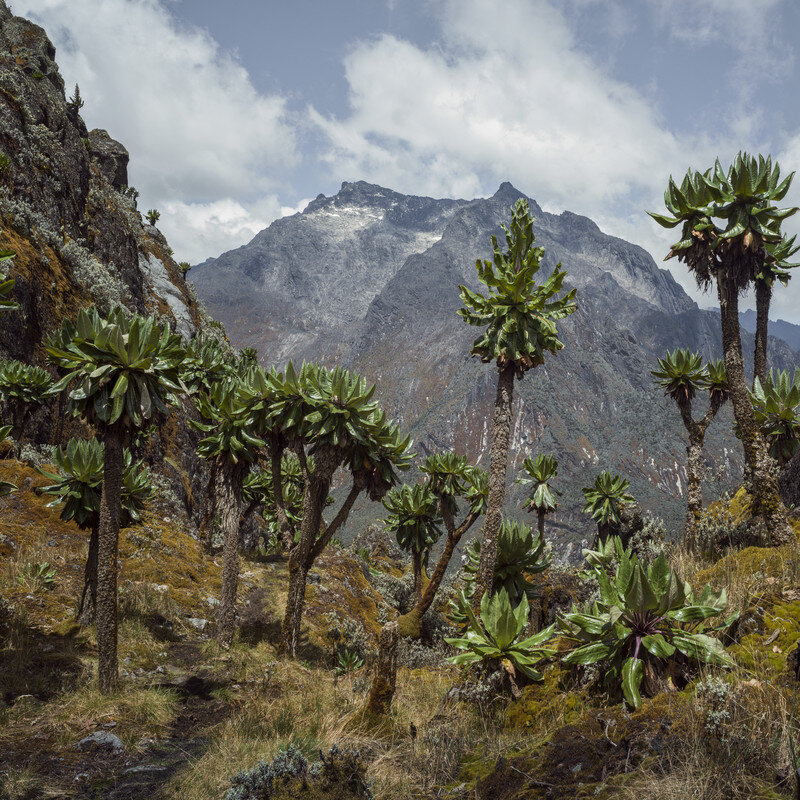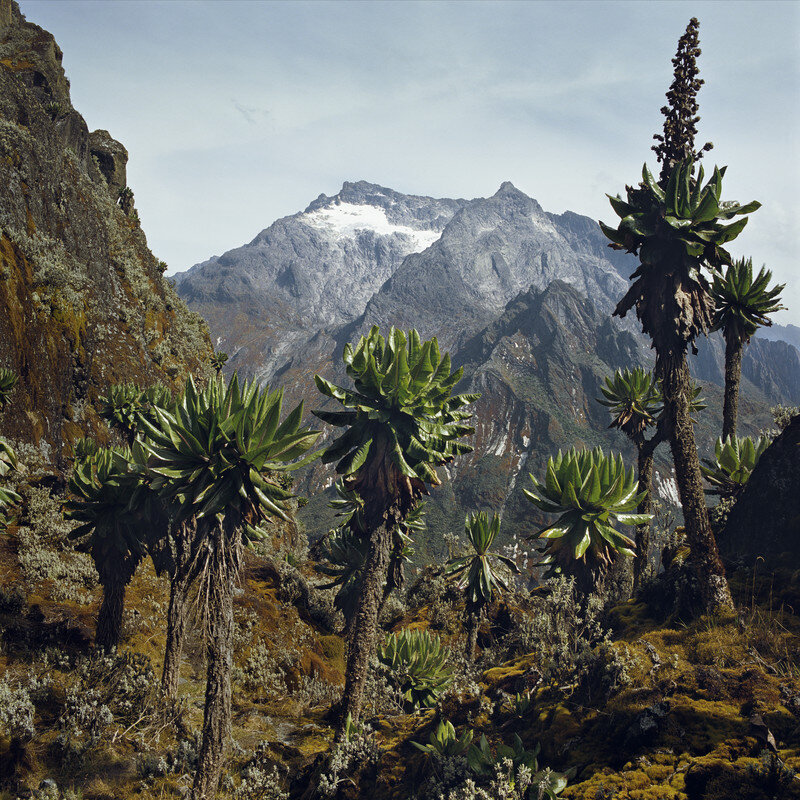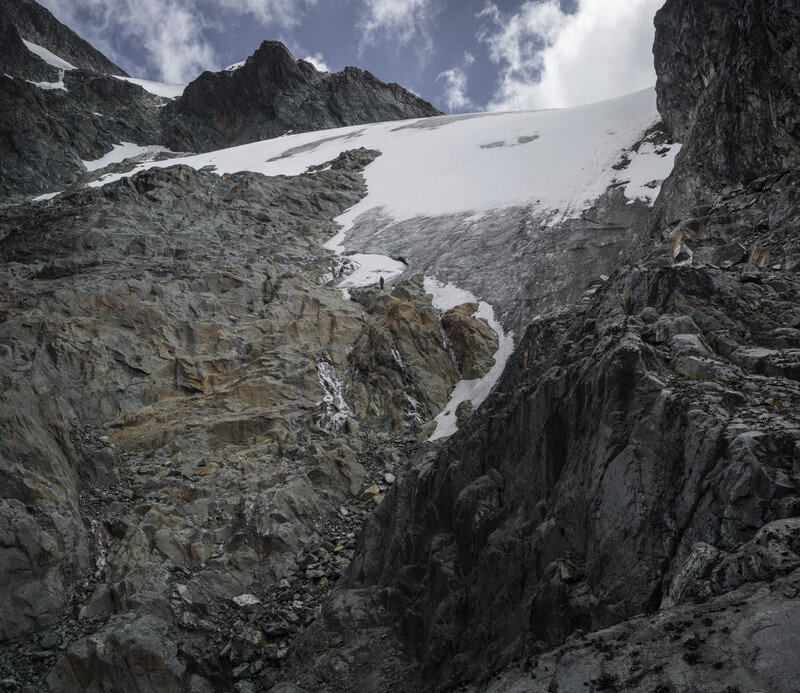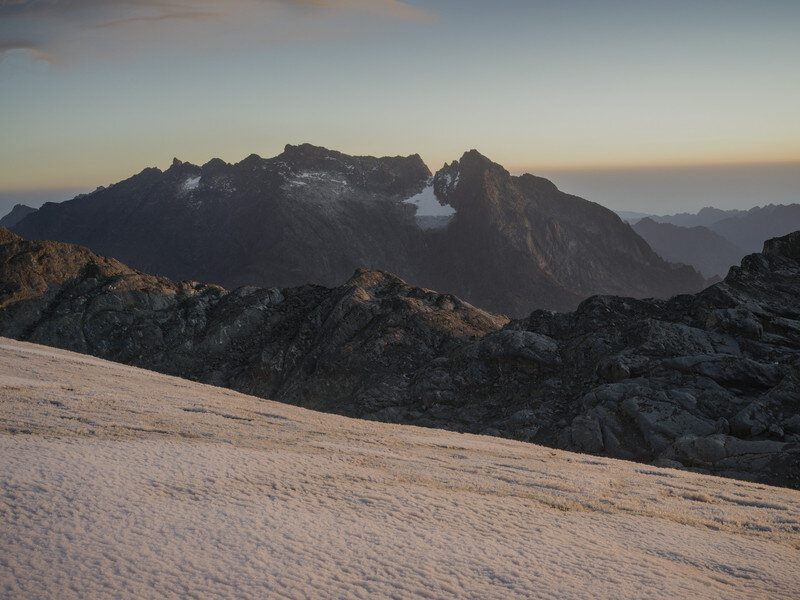The Rwenzori Mountains boarding Uganda and DRC have had glaciers on three mountains for the past 10-15,000 years. These are the mountains and glaciers that are one source of the river Nile – but this is no longer the case.
It may come as a surprise that glaciers exist on the Equator, but the Rwenzori Mountains (Mount Baker, Speke and Stanley) all rise to about or just over 5000 m - this is why there is ice there.
Klaus Thymann’s 2020 expedition reveals that both Mount Speke and Mount Baker no longer have glaciers.
This is the story of Africa’s first mountains to lose its glaciers. This is a UNESCO heritage site to lose its ice-covered peeks due to climate change.
Mount Speke, 2020
Mount Speke, 2012
The Rwenzori Mountains sits on the border of Uganda and DRC and are rarely visited, yet alone studied as the area is difficult to access and was until resent a conflict zone. It was a complete no-go zone until 2003, the park was closed from 1997-2003 and it is a long trek to even get to the foothills. Thymann walked more than 100 KM in difficult terrain, a lot at high-altitude and had a team of 14 porters and guides to help.
West Stanley Glacier, 2020
West Stanley Glacier, 2012
In 2012 Thymann led an expedition to the area to document the glaciers and using his own historic photographs as well as others Thymann wanted to compare and see what change had happened. Thymann did not expect the glaciers to no longer exist. The discovery was heart breaking, in just 8 years two summits have been lost to climate change.
The remaining mountain, Mt Stanley, with glacier ice has seen a vertical melt from 2012 to 2020 of 60 meters revealing new parts of the mountain previously covered in ice.
Climate change caused a massive fire in 2012, this was never reported. The loss of vegetation lead to flooding (as the water just ran off instead of being absorbed) in both 2013 and 2014.
Stanley Plateau, 2020
Stanley Plateau, 2012
Thymann looked at the consequences, how farmers downstream are planting new crops, how flooding and fire has caused devastation and how the community are dealing with rising temperatures. Farmers at the foothills are now harvesting coffee twice a year, and have this year introduced a new crop (vanilla) due to weather/ climate change.
To mitigate the impact of climate change and create electricity a dam is currently under construction at the foothills, it is a Chinese funded project. As a surreal twist a Chinese consortium has suggested the Ugandan government install a cable car in the mountains, they hope it will aid tourism. A cable car proposal was also made for Kilimanjaro in Tanzania too.
click to view the complete set of images in the archive






